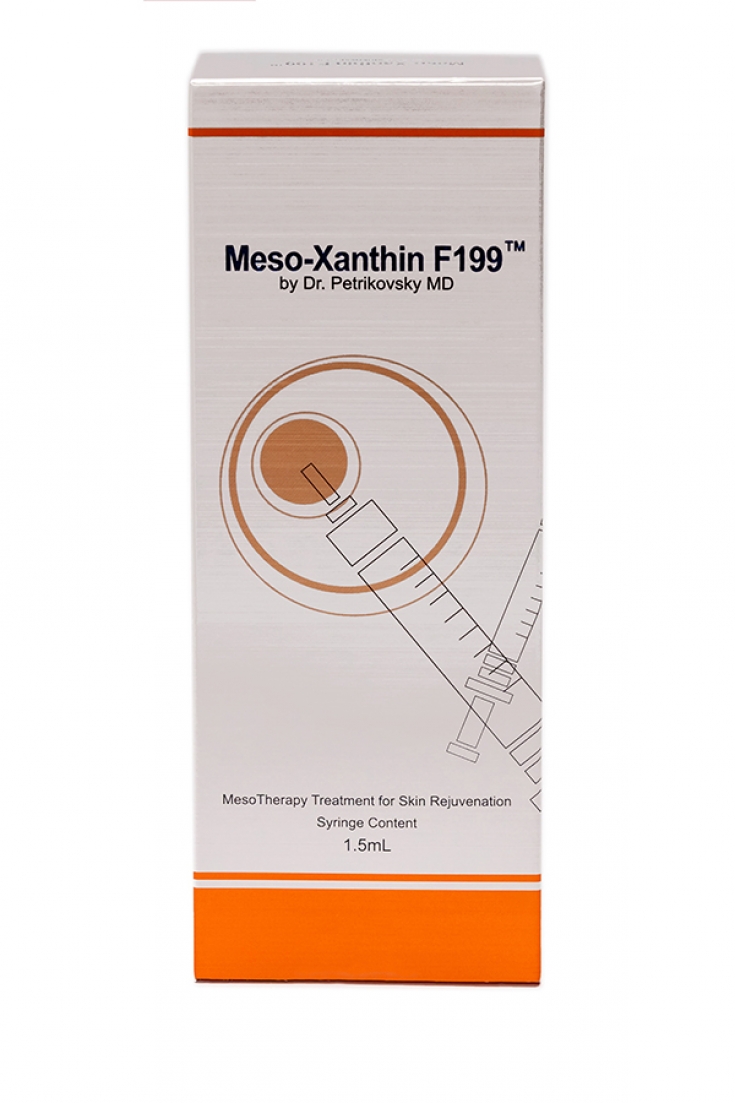The cold season has traditionally been considered the best time for most corrective aesthetic procedures, which can cause unwanted skin reactions in the active sun. Such procedures include the treatment of acne. Problematic skin is faced not only by teenagers, but also by adults, who most often seek help not from a dermatologist, but from a cosmetologist. Late acne and post-acne syndrome require a special therapeutic approach, and, according to estet-portal.com, a good effect in the correction of this aesthetic defect shows a complex treatment with the inclusion of an injectable Meso-Xanthin F199™ from ABG Lab(USA) EmetТМ.
Peculiarities of manifestation and course of late acne
Manifestations of acne rashes can become a serious aesthetic problem not only for teenagers, but also for older people. The development of acne elements at any age is based on hormonal fluctuations, however, the principles of correcting early and late acne are significantly different.
While early teenage acne is more common in boys, late forms of acne are more common in women. Moreover, they often come with a problem not to a dermatologist, but immediately to a beautician, hoping to get the help they need from him.
Features of late acne in women:
- persistent (the patient had an inflammatory form of acne in puberty and passed with her into adulthood);
- late onset (sometimes acne first appears at age 18-25);
- rashes are usually more pronounced in the lower third of the face (chin, neck);
- mainly inflammatory elements and closed comedones (retention cysts) are present, open comedones are single or not clinically expressed;
- nodes in the lower part of the face can protrude above the surface of the skin, develop both against the background of inflammatory acne elements, and independently.
If in adolescence 3 and 4 degrees of acne severity are more often diagnosed, then post-pubertal acne – it is most often 1 and 2 degrees of severity. According to the American Academy of Dermatology:
1 degree acne – comedonal elements and single papules predominate, with a predominant lesion of the face;
2 degree acne – papules with single pustular elements predominate, predominantly affecting the face.
3 and 4 degree acne – inflammatory papules, pustules predominate, there may be deeper elements that affect, in addition to the face, the upper third of the back, chest, shoulder girdle.
This is an inflammatory process localized in the dermis, and the cosmetologist can offer the patient an injection technique that involves the correction of symptoms that aggravate the course of acne: hyperkeratosis, blockage of the sebaceous ducts and the development of inflammation. With late acne in women, a complex of therapy works especially effectively, which includes hardware and physiotherapy procedures, topical home remedies (as prescribed by a dermatologist) and injection correction with Meso-Xanthin F199™ from EmetTM.
Rules for injection therapy for late acne in women
Late or persistent acne of 1 and 2 degrees of the post-puberty period, post-acne syndrome, correction of post-acne complications may be an indication for the use of Meso-Xanthin F199™. In addition, the drug is indicated for the prevention and treatment of "withering" skin, complex therapy of dyschromia, phenotypically oily skin syndrome, smoker's skin syndrome, erythematous-telangiectatic stage of rosacea and seborrheic dermatitis. In the case of post-pubertal acne of 1 and 2 degrees, patients complain of:
- dyschromia;
- scars;
- enlarged pores;
- uneven skin texture;
- erythema and elements of papulo-pustular rash
- stagnant spots.
The main active ingredient of Meso-Xanthin F199™ – is a carotenoid fucoxanthin F199, which has a pronounced effect on problem skin. In Meso-Xanthin F199™ include:
- high molecular weight non-stabilized hyaluronic acid of bioenzymatic origin;
- amino acid complex;
- antioxidant thioredoxin;
- copper-containing tripeptide;
- vitamins A, C, E;
- growth factors IGF, EGF, bFGF .

According to the results of Meso-Xanthin F199™ there is a significant improvement in skin quality, a sharp decrease in the number of inflammatory elements, a reduction in pores, and even skin color. Based on the results of the therapy, the following changes are noted:
- sebum secretion is normalized and pore diameter is reduced;
- skin color is evened out, the severity of erythema and stagnant spots is reduced;
- disturbance of pigment formation is reduced
- the severity of inflammation decreases.
Visually, after the 2nd-3rd procedure, patients notice a decrease in the number of acne elements and a regression of post-acne manifestations.
The drug is administered intradermally by microinjection technique, with special emphasis on the central T-zone of the face and in the area of post-acne morphological elements, the most successful combination with anti-inflammatory peels (salicylic, azelaic and Jessner peels), as well as laser procedures – IPL therapy. Recommended course of procedures: 5 to 7 times in 7-10 days, followed by maintenance therapy. The duration of the course depends on the need to combine injection treatment with other therapeutic methods. In home care, the patient combines cosmetic products with topical therapy recommended by a dermatologist.
Thus, Meso-Xanthin F199™ from EmetTM in the complex therapy of acne of mild and moderate severity and for the correction of post-acne symptoms.







Add a comment